Greek Gods Dionysus
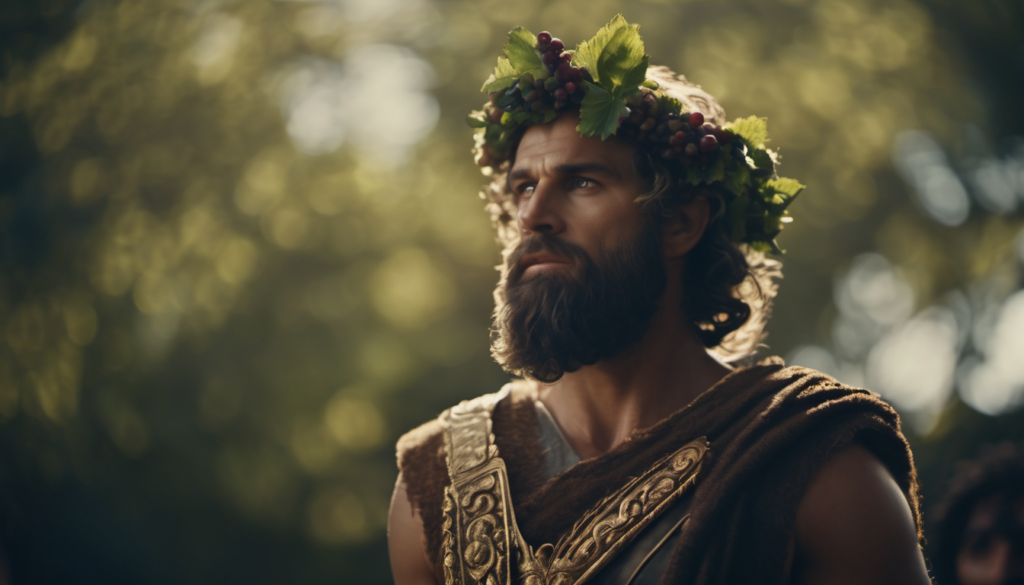 Greek mythology is filled with fascinating stories of gods and goddesses who ruled over the universe and played a significant role in shaping the ancient Greek civilization. Among these powerful deities, Dionysus, the god of wine, fertility, and theater, stands out as one of the most enigmatic and intriguing figures. In this article, we will explore the myths, symbols, and significance of Dionysus in Greek mythology, shedding light on his divine powers and the impact he had on the lives of the ancient Greeks.
Greek mythology is filled with fascinating stories of gods and goddesses who ruled over the universe and played a significant role in shaping the ancient Greek civilization. Among these powerful deities, Dionysus, the god of wine, fertility, and theater, stands out as one of the most enigmatic and intriguing figures. In this article, we will explore the myths, symbols, and significance of Dionysus in Greek mythology, shedding light on his divine powers and the impact he had on the lives of the ancient Greeks.
Contents
The Birth and Parentage of Dionysus
The story of Dionysus begins with his unusual birth and parentage, which sets him apart from the other Greek gods. According to the myth, Dionysus was the son of Zeus, the king of the gods, and Semele, a mortal princess. This union between a mortal woman and a divine being was a source of great controversy and jealousy among the other gods, especially Hera, the wife of Zeus. In a fit of rage and jealousy, Hera plotted against Semele, leading to her tragic demise. However, Zeus managed to rescue the unborn child from his mother’s womb and sewed him into his thigh, where Dionysus continued to grow until he was ready to be born.
This extraordinary and unconventional birth story is a testament to the unique and mysterious nature of Dionysus, who straddles the line between mortality and divinity. It also highlights the tensions and conflicts that often characterize the relationships between the gods in Greek mythology.
As the only Olympian god to have a mortal mother, Dionysus embodies the duality of human and divine nature, making him a complex and multi-dimensional figure in Greek mythology.
The Cult of Dionysus
One of the most distinctive aspects of Dionysus is his association with ecstatic rituals and religious practices that were central to the cult of Dionysus, which played a crucial role in the religious and social life of the ancient Greeks. The worship of Dionysus was characterized by wild and frenzied celebrations, often involving music, dance, and the consumption of wine.
The followers of Dionysus, known as maenads and satyrs, would partake in these ecstatic rites, engaging in acts of intoxication and madness that were believed to bring them closer to the divine presence of Dionysus. These rituals were seen as a way to escape the constraints of everyday life and connect with the primal forces of nature and the human psyche.
The cult of Dionysus also had a profound influence on the development of Greek theater, as the Dionysian festivals served as the original context for the performance of tragedies and comedies. The theater was regarded as a sacred space dedicated to the worship of Dionysus, and the actors and audience members were seen as participants in a transformative and cathartic experience that allowed them to confront the mysteries of life and death.
The Symbolism of Dionysus
As the god of wine and fertility, Dionysus is often associated with symbols and imagery that reflect his role as a bringer of abundance and joy. The grapevine, the thyrsus (a staff topped with a pine cone), and the drinking cup are all iconic symbols of Dionysus that feature prominently in his myths and cultic practices.
The grapevine, in particular, is a powerful symbol of Dionysus, representing the cycle of life, death, and rebirth that is central to his mythology. The cultivation of grapes and the production of wine were seen as sacred activities that connected human beings to the divine powers of Dionysus, allowing them to partake in the life-giving essence of the god.
In addition to his association with wine and fertility, Dionysus is also linked to the wilderness and the untamed forces of nature. His close relationship with wild animals, such as panthers and bulls, underscores his primal and instinctual nature, while his dual identity as a god of both madness and ecstasy reflects the paradoxical aspects of human existence.
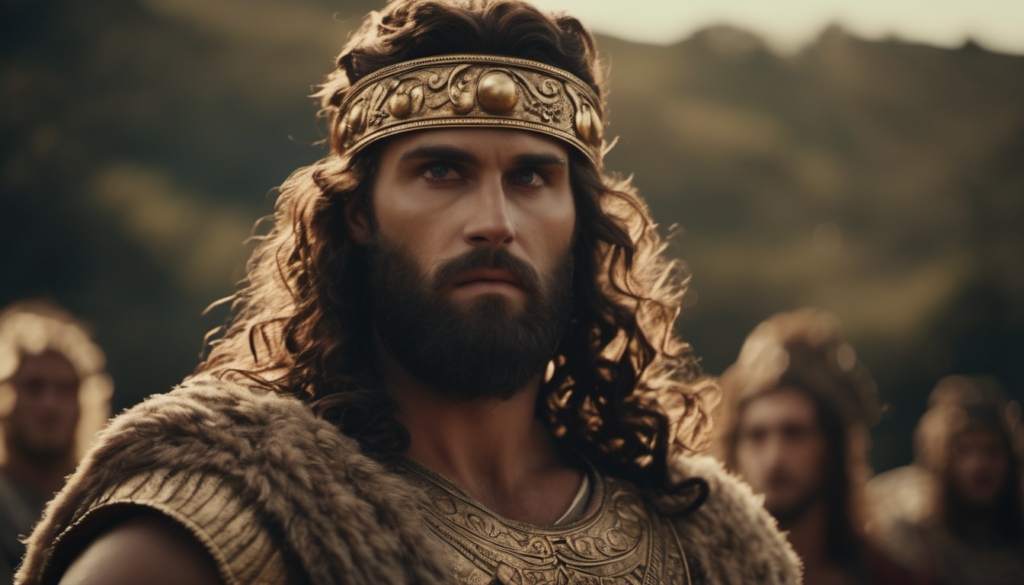
The Legacy of Dionysus
The influence of Dionysus extends far beyond the boundaries of ancient Greece, as his worship and mythology have left a lasting impact on the cultural and artistic traditions of Western civilization. The themes of ecstasy, transformation, and the conflict between order and chaos that are central to the cult of Dionysus continue to resonate in the realms of art, literature, and philosophy.
Throughout the ages, artists, poets, and thinkers have drawn inspiration from the figure of Dionysus, exploring the boundaries of human experience and the mysteries of the divine through their creative expressions. From the tragic plays of Euripides and Sophocles to the philosophical writings of Friedrich Nietzsche and the paintings of the Renaissance masters, the legacy of Dionysus lives on in the rich tapestry of Western culture.
Even in the modern world, the allure of Dionysus continues to captivate the imagination, as people seek to tap into the primal energies and transcendent experiences that he represents. Whether through the revelry of a festive gathering, the catharsis of artistic expression, or the pursuit of spiritual enlightenment, the spirit of Dionysus lives on in the enduring quest for meaning and ecstasy.
The Mythological Adventures of Dionysus
Aside from his birth and worship, Dionysus also had numerous mythological adventures that showcased his power and influence as a god. From his encounters with mortal and immortal beings to his journey across the known world, Dionysus’s tales are filled with drama, tragedy, and triumph.
One of the most famous episodes in the life of Dionysus is his descent into the Underworld to rescue his mother, Semele, and bring her to the realm of the gods. This heroic feat demonstrated the depth of Dionysus’s love for his mortal mother and his determination to defy the boundaries between life and death. Through his bravery and divine prowess, Dionysus succeeded in reuniting with Semele and elevating her to a divine status, ensuring her eternal presence among the gods.
In another myth, Dionysus encountered the crew of a pirate ship who refused to acknowledge his divinity and attempted to capture him. In response to their insolence, Dionysus transformed the pirates into dolphins, condemning them to an eternal existence as marine creatures. This act of divine retribution served as a warning to those who dared to challenge the authority of the gods and underscored the power of Dionysus to mete out justice and punishment.
Throughout his adventures, Dionysus often displayed his ability to inspire and empower those who embraced his worship, while also punishing those who defied or disrespected him. These myths served as a source of moral and spiritual guidance for the ancient Greeks, illustrating the consequences of hubris and the rewards of devotion to the gods.
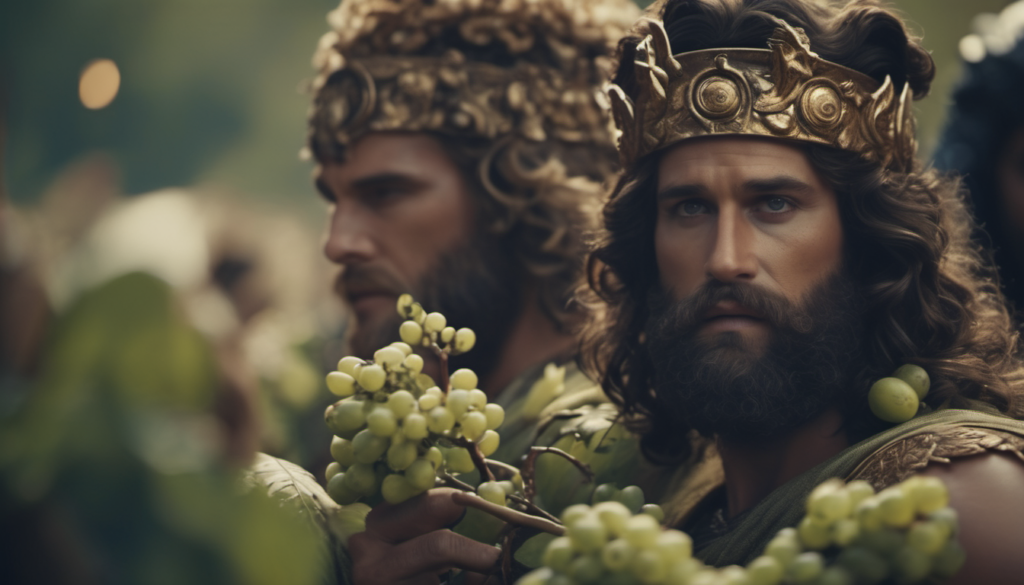
The Transformation of Dionysus
One of the most intriguing aspects of Dionysus is his association with the concept of metamorphosis and transformation, which is reflected in the various forms and guises that he assumed in his myths. As a god of fluidity and change, Dionysus embodied the duality of life and death, creation and destruction, and the cyclical nature of existence.
In many of his stories, Dionysus appeared in different forms, from a bearded, mature figure to a youthful and effeminate presence, reflecting the transformative powers of the god and his ability to defy conventional boundaries and expectations. This aspect of Dionysus’s mythology speaks to the universal themes of identity, self-discovery, and the fluidity of human experience, which continue to resonate with audiences across cultures and time periods.
Furthermore, Dionysus’s association with madness and ecstasy also speaks to his role as a catalyst for personal and societal transformation. The ecstatic rituals and experiences that were central to the worship of Dionysus were believed to liberate individuals from the constraints of the rational mind and awaken them to a higher state of consciousness, allowing them to confront the mysteries of existence and embrace the full spectrum of human emotions.
The Divine Paradox of Dionysus
At the heart of Dionysus’s mythology lies the paradoxical nature of his divine essence, which encompasses both the shadowy and illuminating aspects of human existence. As a god of wine and revelry, Dionysus embodies the joy and abandon of celebratory gatherings, while as a figure of madness and tragedy, he symbolizes the darker and more chaotic dimensions of life.
This dualistic portrayal of Dionysus reflects the complex and often contradictory nature of human experience, as well as the inherent tension between order and chaos, creation and destruction, and the divine and mortal realms. By embodying this divine paradox, Dionysus challenges the conventional boundaries of identity and morality, inviting individuals to embrace the full spectrum of their humanity and confront the mysteries of existence with courage and resilience.
Ultimately, the enigmatic figure of Dionysus serves as a powerful symbol of the enduring human quest for transcendence, transformation, and the inherent divinity that resides within each individual. His myths and cultic practices continue to inspire and captivate audiences, offering a glimpse into the timeless mysteries of the human soul and the boundless potential for growth and renewal.
The Legacy of Dionysus in Art and Culture
The influence of Dionysus extends far beyond the realm of mythology and religious worship, as his imagery and symbolism have left an indelible mark on the artistic and cultural traditions of Western civilization. From ancient Greek pottery and sculpture to Renaissance paintings and modern literature, the legacy of Dionysus continues to inspire and provoke the creative imagination.
One of the most enduring manifestations of Dionysus’s presence in art and culture is the theatrical tradition, which has its origins in the Dionysian festivals and rituals of ancient Greece. The theater, as a sacred space dedicated to the worship of Dionysus, served as a platform for the performance of tragedies and comedies that explored the depths of human experience and the mysteries of the divine.
Throughout the centuries, playwrights, directors, and actors have drawn inspiration from the myths and symbols of Dionysus, using them as a lens through which to examine the complexities of human nature and the struggle for meaning and transcendence. The themes of ecstasy, madness, and transformation that are central to the cult of Dionysus continue to resonate in the art of theater, offering a mirror to the timeless struggles and triumphs of the human spirit.
In addition to theater, the imagery of Dionysus has also permeated other forms of artistic expression, from literature and poetry to visual arts and music. The vibrant and dynamic energy of Dionysus, as well as his association with the forces of nature and the primal instincts of the human psyche, have inspired countless artists and creators to explore the boundaries of human experience and the mysteries of the divine.
From the lush vineyards of ancient Greece to the vibrant tapestries of Renaissance paintings, the legacy of Dionysus lives on in the rich tapestry of Western art and culture, inviting audiences to embrace the transcendent experiences and revelatory insights that the god represents.
The Cult of Dionysus in Contemporary Society
Even in the modern world, the influence of Dionysus continues to be felt in various aspects of contemporary society, from the realms of spirituality and psychology to the domains of popular culture and entertainment. The themes of ecstasy, transformation, and the search for meaning that are central to Dionysus’s mythology resonate with individuals who seek to tap into the primal energies and transcendent experiences that the god represents.
One of the most notable examples of Dionysus’s influence in contemporary society is the resurgence of interest in the ancient Greek myths and the revival of Dionysian rituals and practices. From the celebration of wine festivals and vineyard tours to the incorporation of ecstatic dance and music into spiritual and wellness practices, the spirit of Dionysus continues to captivate the imagination of modern-day seekers and enthusiasts.
Furthermore, the themes of madness and ecstasy that are associated with Dionysus have also found expression in the realms of psychology and psychotherapy, as therapists and scholars explore the transformative potential of altered states of consciousness and the healing power of ecstatic experiences. The archetypal symbolism of Dionysus, as well as the myths and rituals of his cult, provide a rich source of inspiration for individuals who seek to navigate the depths of the human psyche and unleash their creative potential.
Moreover, the legacy of Dionysus can also be seen in the realm of popular culture and entertainment, where the figure of Dionysus continues to inspire and captivate audiences through various forms of media, from literature and film to music and fashion. The allure of Dionysus’s wild and untamed spirit, as well as his association with the pleasures of revelry and the pursuit of ecstasy, continues to resonate with individuals who seek to break free from the constraints of everyday life and embrace the fullness of their humanity.
Overall, the legacy of Dionysus in contemporary society serves as a testament to the enduring power and relevance of ancient myths and symbols, offering a glimpse into the timeless mysteries of the human soul and the boundless potential for growth and renewal.
Conclusion
In
Share this content:
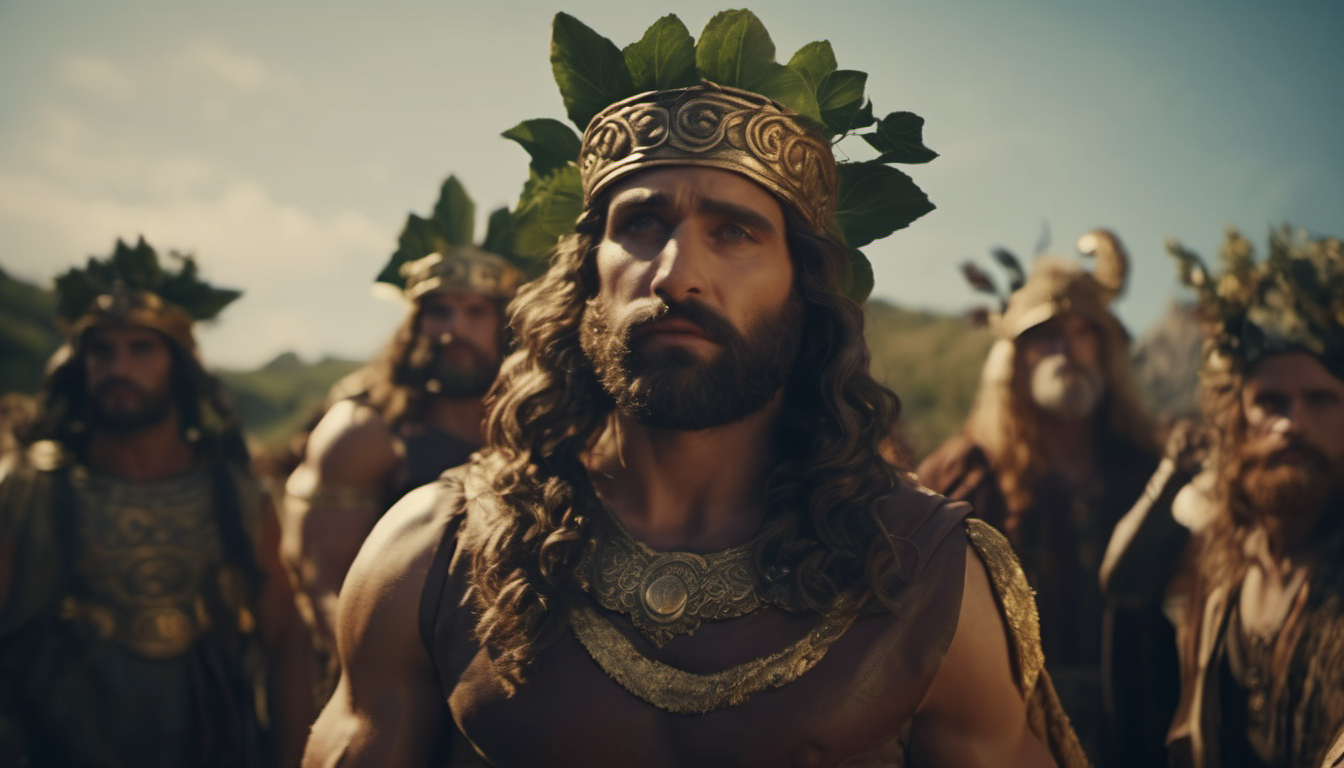
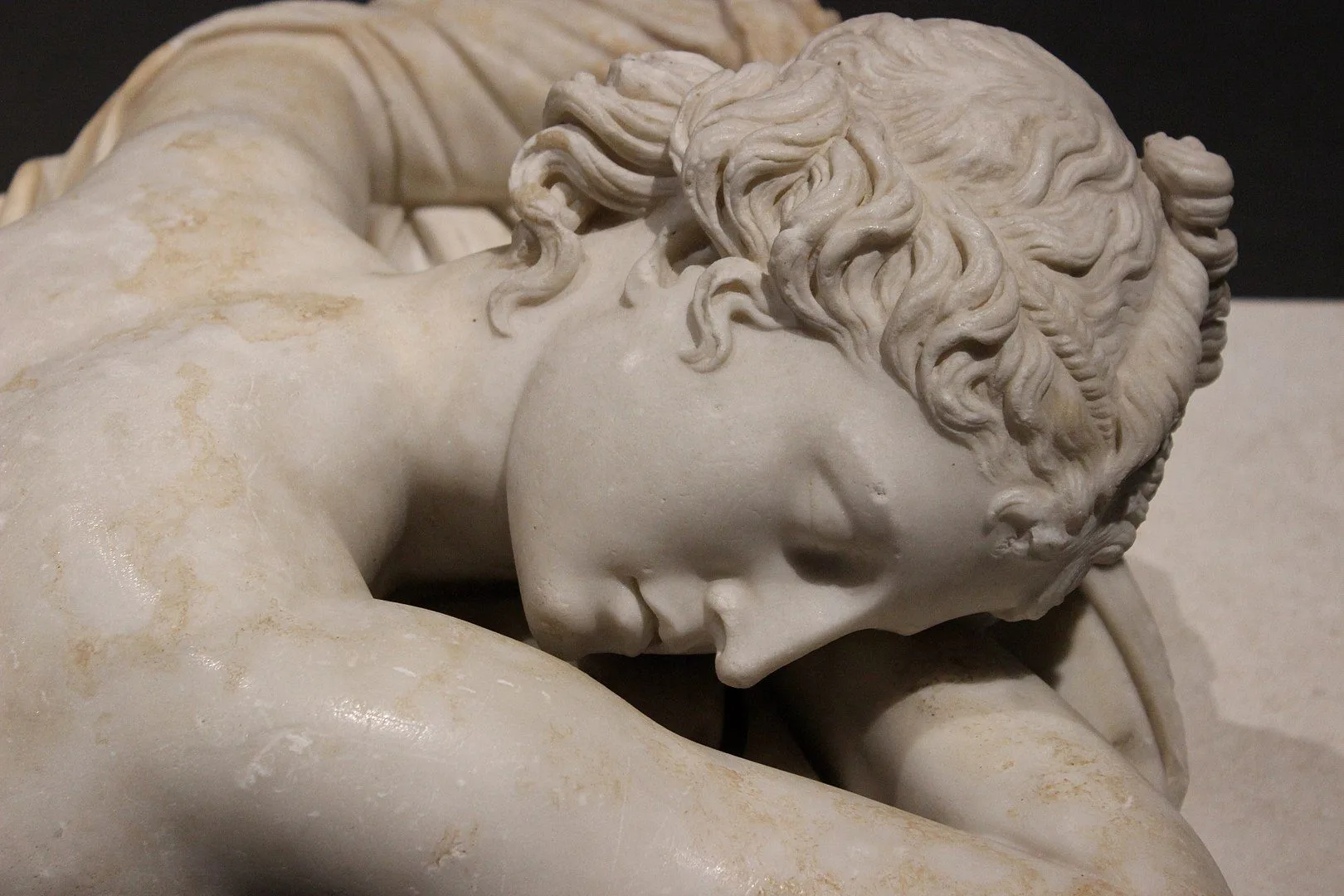
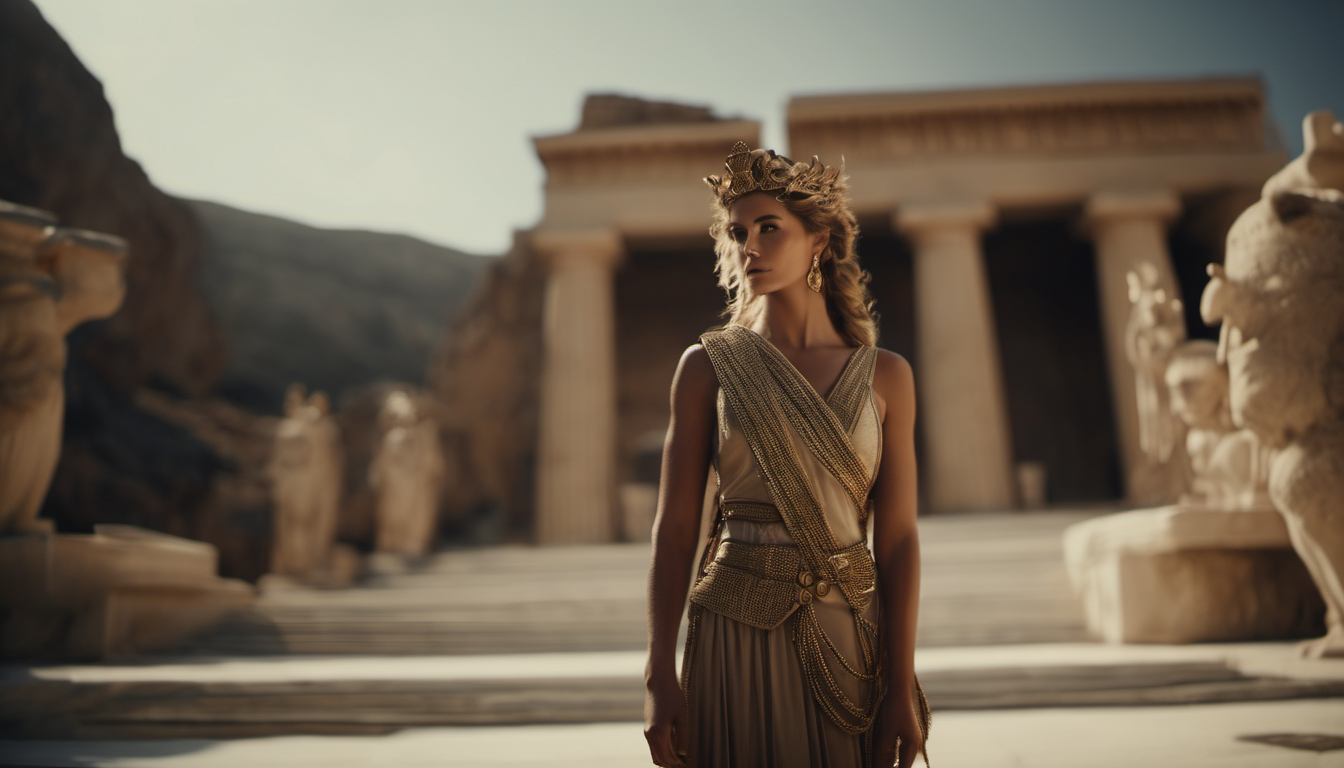
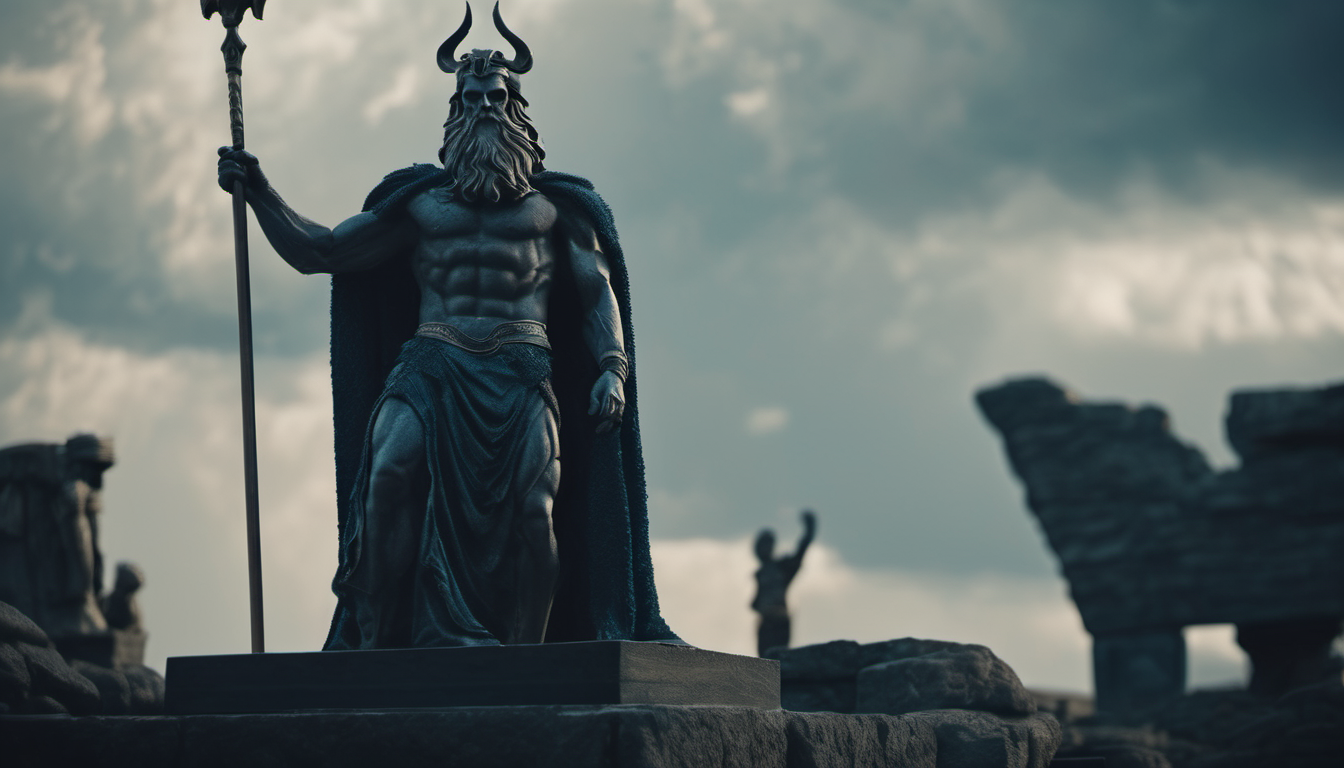
Post Comment